London is a city known for its abundance of parks and gardens. The famous Kew Gardens is a destination for plant enthusiasts from around the world, but it’s not the only botanical gem in the city. The Barbican Conservatory is a hidden oasis, tucked away in the heart of the city, that offers a unique and alternative experience for plant enthusiasts. In this comprehensive guide, we’ll explore the Barbican Conservatory and all that it has to offer.
If you are short on time, maybe the Barbican Conservatory is one to add to your itinerary.
Discovering the Barbican Conservatory: A Hidden Gem in the Heart of London
Located inside the Barbican Centre, a multi-arts venue that hosts a variety of events and exhibitions, the Barbican Conservatory is a serene escape from the bustling city. The conservatory is open to the public on selected Sundays and bank holidays, making it a rare opportunity to explore a tropical oasis in the heart of the city. As visitors enter the conservatory, they are greeted with the sight of towering palms, exotic flowers, and lush foliage.
Barbican Conservatory, 2nd the largest conservatory in London
The Barbican Conservatory, in the capital’s heart, is the 2nd largest Conservatory in London, with 23,000 square feet, and 2000 different plants of plans and trees. Kew Gardens must be in the first place. We spotted palms, a tree’s flowers, and large fish which may well be the Koi Carp. Cactus and some exotic plants. It had a restaurant in the middle that had a faux lawn carpet and some archways to enter the area. Some coloured lights around the plants. An awful lot of people too, it is popular, probably because it’s not open all that often Sundays and some Bank Holidays. Check the Barbican website. Go up to Level 3 to access it.
But first a short vid clip we shot of the Barbican to get your mind in to the frame of this iconic place.
Exploring the Beauty and Diversity of Plants at the Barbican Conservatory
The Barbican Conservatory covers over 23,000 square feet and is home to over 2,000 species of plants and trees from around the world. The conservatory offers visitors the opportunity to explore a variety of different habitats, from the humid tropics to arid deserts. Visitors can wander through the various zones, including the desert room, the rainforest terrace, and the pond area. Along the way, they’ll discover an array of plant species, from cacti and succulents to orchids and ferns.
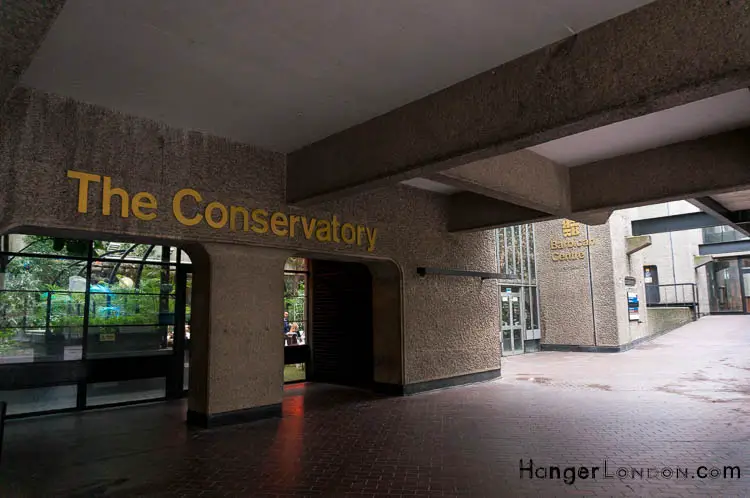
The desert room is home to an impressive collection of cacti, including the towering saguaro cactus, the round barrel cactus, and the prickly pear cactus. The rainforest terrace is lush and humid, with a diverse collection of plants, including banana trees, ferns, and orchids. Visitors can also explore the pond area, which is home to a variety of fish, turtles, and aquatic plants.
Exploring the Beauty and Diversity of Plants at the Barbican Conservatory
The Barbican Conservatory covers over 23,000 square feet and is home to over 2,000 species of plants and trees from around the world. The conservatory offers visitors the opportunity to explore a variety of different habitats, from the humid tropics to arid deserts. Visitors can wander through the various zones, including the desert room, the rainforest terrace, and the pond area. Along the way, they’ll discover an array of plant species, from cacti and succulents to orchids and ferns.
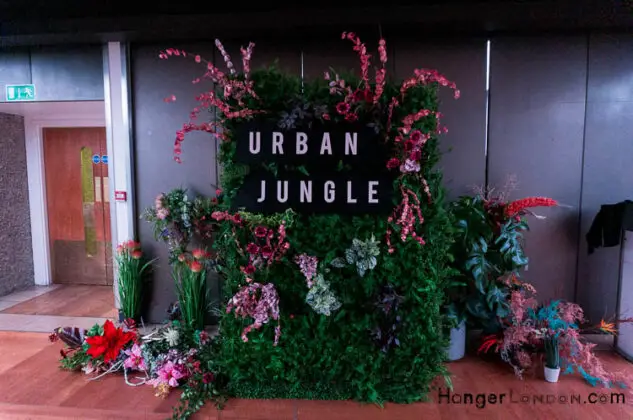

The desert room is home to an impressive collection of cacti, including the towering saguaro cactus, the round barrel cactus, and the prickly pear cactus. The rainforest terrace is lush and humid, with a diverse collection of plants, including banana trees, ferns, and orchids. Visitors can also explore the pond area, which is home to a variety of fish, turtles, and aquatic plants.
An Oasis of Serenity: Relaxing at the Barbican Conservatory
The Barbican Conservatory is a peaceful oasis in the heart of the bustling city. Visitors can escape the noise and crowds and relax among the tropical foliage, enjoying the tranquility of the surroundings. The conservatory’s tranquil pond provides the perfect spot for quiet contemplation, and the soft rustling of the leaves and the gentle trickle of water create a soothing atmosphere.
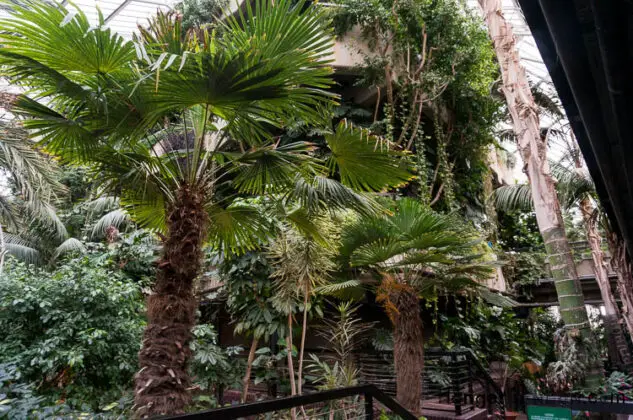

The Barbican Conservatory: A Haven for Rare and Exotic Plants
The Barbican Conservatory is home to a range of rare and exotic plant species, making it a haven for plant enthusiasts. The conservatory’s collection includes a variety of unusual species, such as the giant bamboo, the lipstick plant, and the dragon tree
Additionally, the conservatory is home to a number of endangered plant species, including the tree fern and the pitcher plant. This makes the conservatory not only a beautiful and interesting destination for visitors but also an important location for conservation efforts.
Tips for Visiting the Barbican Conservatory
If you’re planning a visit to the Barbican Conservatory, there are a few things to keep in mind. Firstly, the conservatory is only open on selected Sundays and bank holidays, so it’s important to check the opening times before you plan your visit. Secondly, the conservatory can get quite busy, so it’s a good idea to arrive early to avoid crowds.


It’s also important to be respectful of the environment when visiting the conservatory. Visitors should avoid touching the plants and should not remove any plant material from the conservatory. Additionally, visitors should be mindful of their noise levels and should not disturb the other visitors or the animals living in the conservatory.
Monstera Deliciosa – Swiss Cheese Plant
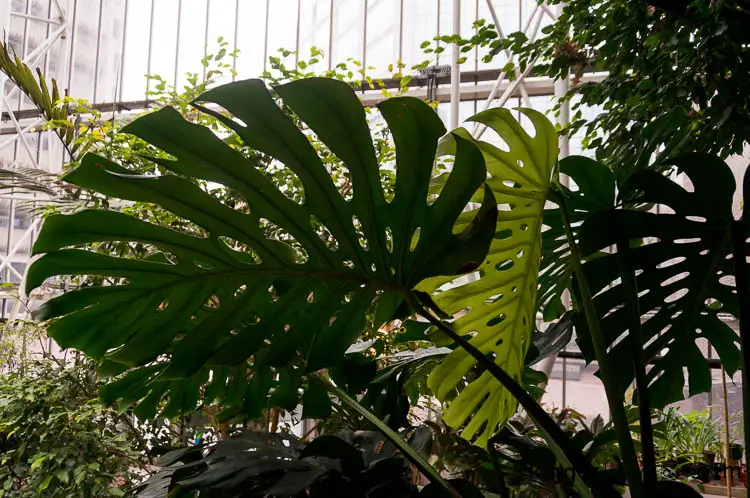
Monstera Deliciosa, also known as the Swiss Cheese Plant, is a popular houseplant that has been trending for a while now. It is an attractive and versatile plant that can be used for both indoor and outdoor decoration. In this blog post, we will explore everything you need to know about Monstera Deliciosa, from its origins to how to care for it.
Origins of Monstera Deliciosa
Monstera Deliciosa is a native plant to the tropical forests of southern Mexico and Central America. It belongs to the Araceae family, which is the same family as other popular houseplants like Philodendron and Pothos. The plant was first discovered in the 18th century by the botanist Carl Linnaeus. The name “Monstera” comes from the Latin word “monstrum,” which means “monster” or “abnormal,” referring to the unusual leaf holes or “fenestrations” that the plant displays.
The appearance of Monstera Deliciosa
The Monstera Deliciosa is a large, climbing plant that can reach up to 20 feet in height. Its leaves are large, heart-shaped, and deeply lobed, with irregular holes and cuts that give them the “Swiss cheese” appearance. The leaves can grow up to 3 feet in length, making them a striking and eye-catching feature in any room.
The plant can also produce aerial roots that help it climb and attach to trees or other surfaces. These roots are a common feature in Monstera Deliciosa and add to the plant’s unique appearance.
Caring for Monstera Deliciosa
Monstera Deliciosa is a relatively low-maintenance plant that is easy to care for. Here are some tips for keeping your Swiss Cheese Plant healthy and thriving:
- Light: Monstera Deliciosa thrives in bright, indirect light. Avoid placing it in direct sunlight, as this can scorch the leaves. The plant can also tolerate low light, but this may slow down its growth.
- Water: Water your Monstera Deliciosa when the top inch of soil feels dry to the touch. Overwatering can cause root rot, so make sure the soil has good drainage.
- Humidity: Monstera Deliciosa prefers high humidity levels. You can increase the humidity around the plant by placing a tray of water nearby or using a humidifier.
- Fertilizer: Feed your Monstera Deliciosa every two to three months during the growing season with a balanced liquid fertilizer.
- Pruning: Prune your Monstera Deliciosa to control its size and shape. You can also remove any yellow or damaged leaves to keep the plant looking healthy.
Blooms in Winter
When winter approaches and the temperature drops, most of us tend to think of this time of year as a time of barrenness, where the landscape is stripped of its colors and vibrancy.
However, contrary to popular belief, there are several plants that bloom even during the winter season, adding a touch of beauty and color to an otherwise dull season. These winter-blooming plants are known as “blooms in winter,” and they come in a wide range of colors, shapes, and sizes.
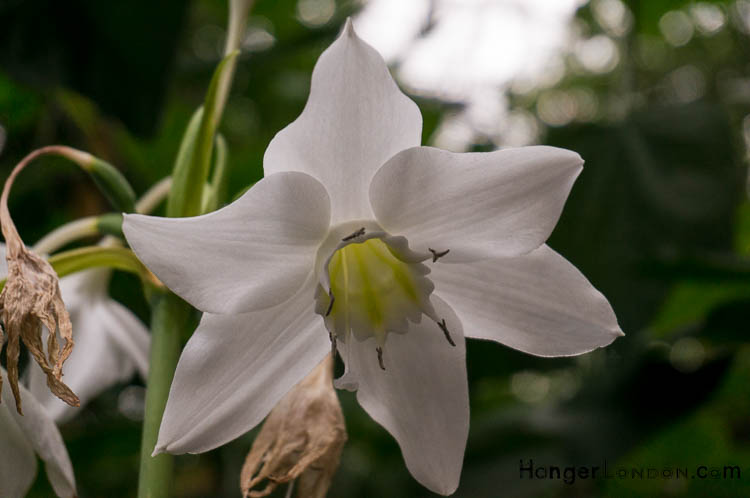
Beware: The Toxic Beauty of Narcissi Flowers – What You Need to Know
Narcissi flowers are a beautiful and popular choice for gardens, parks, and floral arrangements. Known for their vibrant colors and sweet fragrance, these flowers have been a favorite of gardeners and flower enthusiasts for centuries.
Narcissi flowers, also known as daffodils or jonquils, belong to the Amaryllis family and are native to the Mediterranean region. They come in a wide variety of shapes and colors, ranging from classic yellow trumpet-shaped flowers to white petals with orange centers and even pink and peach variations.
One of the most fascinating aspects of narcissi flowers is their symbolism. In ancient Greek mythology, Narcissus was a handsome hunter who fell in love with his own reflection in a pool of water and became so enamored with himself that he eventually wasted away and died. The narcissi flower is said to have grown from the spot where he died, and as a result, it is often associated with vanity and self-love.
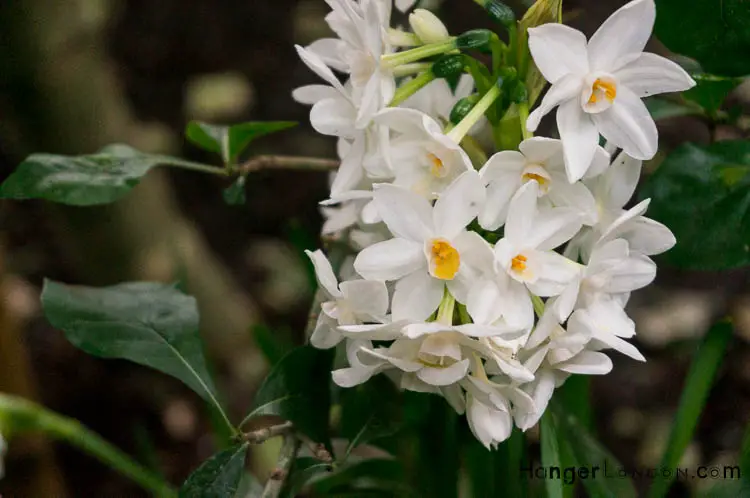
However, the narcissi flower is also associated with renewal and new beginnings. In many cultures, it is a symbol of spring and is often used in Easter celebrations. In fact, in many parts of the world, the first daffodil of the year is seen as a sign that winter is finally over and that warmer weather is on its way.
The sting in the tail of the Narcissi Flower
If you’re thinking about planting narcissi flowers in your garden or adding them to a floral arrangement, it’s important to note that they are toxic to pets, particularly cats. The bulbs contain a substance called lycorine, which can cause vomiting, diarrhea, and even seizures if ingested.
Mesembryanthacea: In the Interest of your own safety, please do not touch
Mesembryanthacea is a family of succulent plants that are native to Southern Africa. This family of plants is known for its unique and strikingly beautiful flowers, which come in a wide variety of colors, shapes, and sizes. Mesembryanthacea flowers are particularly remarkable for their ability to open and close in response to changes in light and temperature, a phenomenon known as nyctinasty.
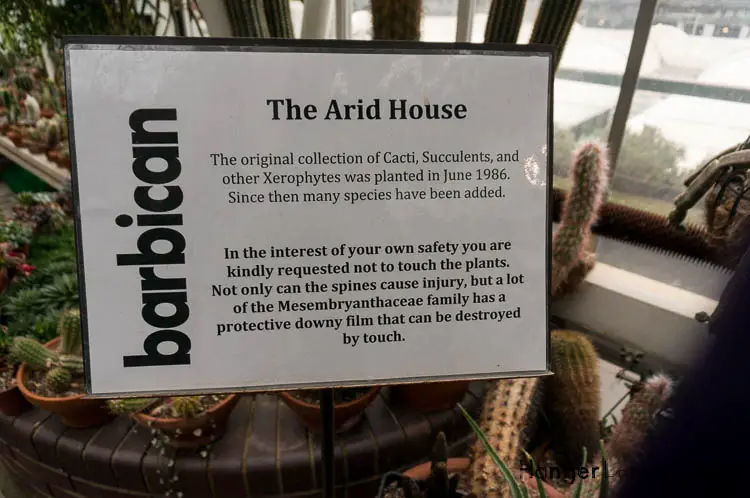
One of the most well-known members of the Mesembryanthacea family is the ice plant (Lampranthus sp.), which is widely cultivated for its bright, daisy-like flowers. Ice plants are particularly beloved for their showy flowers, which come in a range of hues from pink and purple to orange and yellow. In addition to their stunning appearance, ice plants are also prized for their ability to tolerate harsh conditions, making them a popular choice for landscaping in dry and arid regions.
Another popular Mesembryanthacea plant is the Livingstone daisy (Dorotheanthus bellidiformis), which is also commonly known as the bokbaai vygie. Livingstone daisies are prized for their vibrant, rainbow-colored flowers, which are shaped like small, flat daisies. These plants are commonly used as ground cover in gardens and landscapes and are particularly well-suited for rock gardens and other dry, sunny locations.
Barbican in the Ward of Cripplegate
The Barbican is in the Ward of Cripplegate. Architects Chamberlin designed the complex, Powell & Bon. One of London’s biggest showcases of Brutalist architecture. There was a street called Barbican, so this is how it received its name. It was a trade area for merchants to do with the rag trade and other merchants. World War Two caused damage to the area significantly. The Country Town and Planning Act of 1947 enabled the local council to seize the day and buy the land and redevelop it.
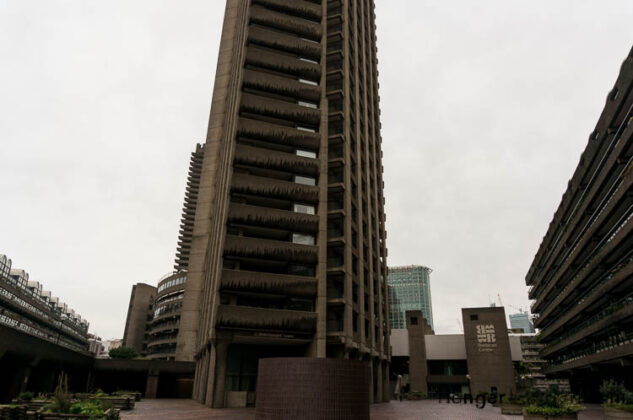

Other links and Reads of the Barbican Conservatory
Barbican.org
Where is the Barbican Conservatory
[mappress width=”100%” height=”400″ adaptive=”true” mapid=”65″]












